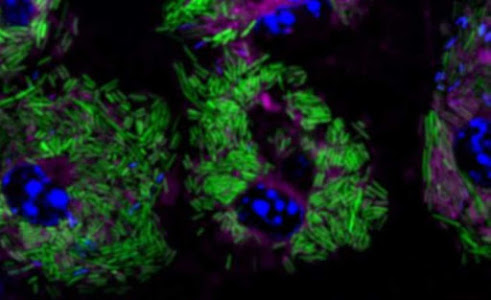 |
| Researchers from the Universities of Manchester, Birmingham and Mahavir Cancer Sansthan collecting field data along the River Ganga in Bihar Photo - Aman Gaurav |
Water quality in rivers is affected by underpinning ‘natural’ hydrogeological and biogeochemical processes, as well as interactions between people and their environment that are accelerating stress on water resources at unprecedented rates.
Pollutants can move at different speeds and accumulate in varying quantities along rivers where the mix of the complex ‘cocktail’ of chemicals that is making its way towards the ocean is constantly changing, a new study reveals.
Researchers have discovered characteristic breakpoints – often found when a tributary joins the main river or significant point sources exist – can change the behavior of some compounds, causing the concentration of these chemicals to change drastically, depending on where they are on their journey down the river.
Experts discovered the phenomenon after piloting a new, systematic approach to understanding hydrogeochemical dynamics in large river systems along the entire length of India’s River Ganges (Ganga) – from close to its source in the Himalayas down to the Indian Ocean.
This new research approach proven successful at the iconic Ganga can be applied to other large river systems across the world – hopefully shedding new light on how to tackle the global challenge of aquatic pollution by multiple interacting contaminants.















.jpg)
